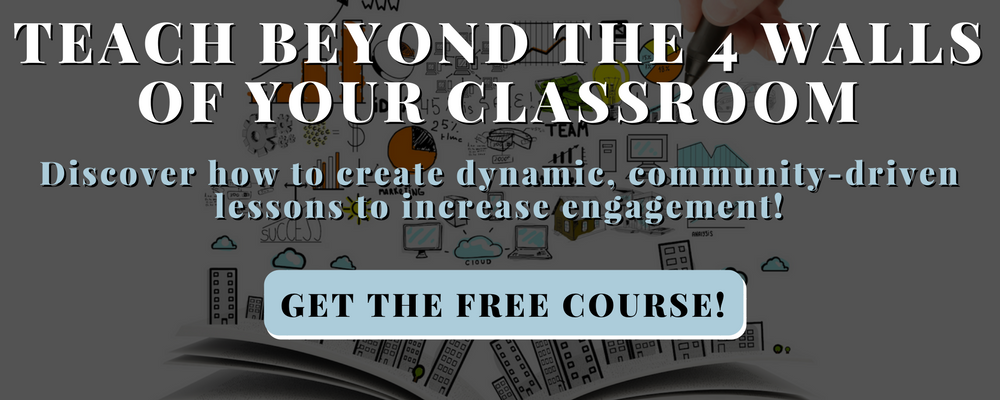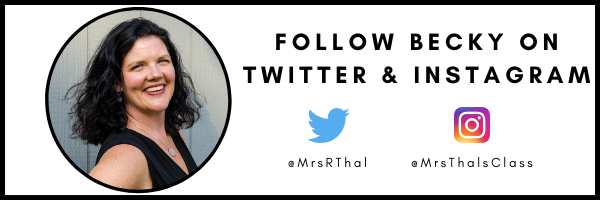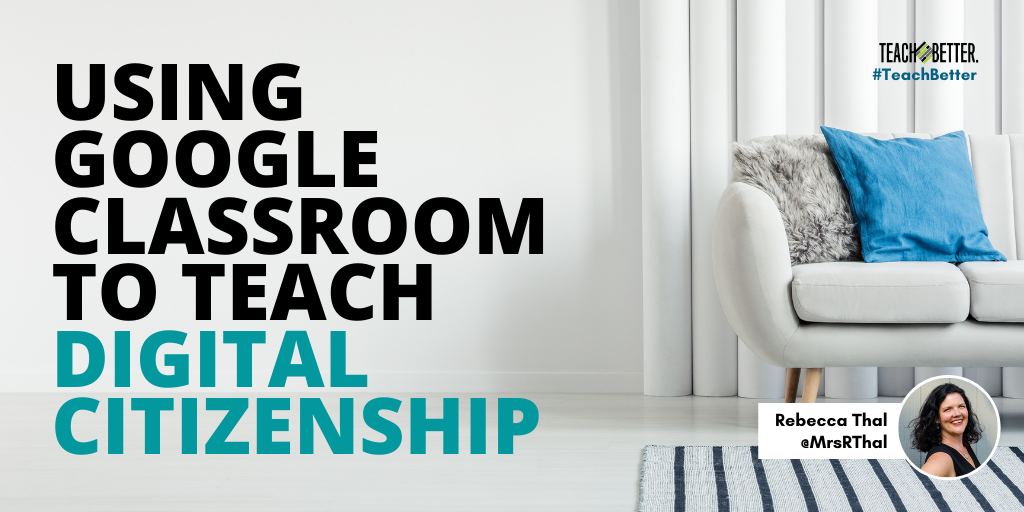TL;DR:
- Google Classroom can be used as a platform to teach digital citizenship.
- It is important to set clear guidelines and expectations with students for the use of your school’s LMS.
- These tips and strategies could be applied to any LMS, as well as other tools like Google Meet, Chat, Docs, Slides, and Jamboard.
- We should continue to give students opportunities to practice engaging online in a responsible fashion all year long.
Using Google Classroom to Teach Digital Citizenship: A Teachable Moment
A few years back, when Google Classroom was just starting to take off in popularity, my son, who was in 4th grade at the time, came home from school very upset. “Mom, some kids at school were posting inappropriate things in Google Classroom today.”
Of course my immediate response was, “Well, I hope you didn’t post anything—did you?!” He told me he didn’t, and that as much as the nonsense bothered him, he didn’t want to snitch to the teacher.
With that, I had him log in to his account and show me. Sure enough, under an announcement made by the teacher in the stream, there were 45 comments from students; only the first two of which were related to the teacher’s post.
I could see why my son was upset. While there was nothing that raised an immediate red flag, there were plenty of unnecessary emojis, cartoons, and immature banter. I used it as a “teachable moment” for my son, pointing out this was not the purpose of Google Classroom, or any other educational platform for that matter. I’m still not sure what bothered him more—what was actually written by the students, or the fact that they were misusing this tool. He saw it as a sign of disrespect toward the teacher. While I’m sure that was not anyone’s intent, I had to agree.
The more opportunities we can give younger students to engage online in a responsible fashion, the more likely they will continue to make good digital choices as they grow. Click To Tweet
Photo by Annie Spratt on Unsplash
Using Google Classroom to Teach Digital Citizenship: More Than Just an LMS
Google Classroom, in addition to several other learning management systems, certainly got a workout this past spring. As teachers and students made a full pivot to virtual learning, these platforms served as the easiest way to communicate.
Fast forward six months, and it doesn’t appear much has changed with regard to that. Whether teaching students who are in person, remote, or a combination of both, an LMS helps keep teachers and students organized.
When most teachers think of Google Classroom, however, I’m sure they associate it with posting resources and assignments. I certainly use it for this purpose as well. However, after what my son experienced, and having thought more on the topic myself, I also try to use Google Classroom as a tool for teaching digital citizenship.
Using Google Classroom to Teach Digital Citizenship: Set the Tone
From the very beginning of the year, it is important to set clear expectations and guidelines for the use of Google Classroom. Just as you may come up with a set of “classroom rules,” you should also have a set of “digital rules.” Include the students in the process of creating these.
If your students are younger and not as experienced with Google Classroom, take the time to show them around. I’ve also found it helpful to share tutorials with families on how the platform works. You don’t need to reinvent the wheel here. There are plenty of good ones available on YouTube.
Give students the opportunity to experience what simple blogging is like by posing a question in Classwork. This might be a great way to incorporate a daily check-in, or some other type of social-emotional learning activity. Show students how they can edit and even delete their responses. Teach them how to respond appropriately if someone posts something they don’t agree with, or think is incorrect or irrelevant.
[scroll down to keep reading]
Using Google Classroom to Teach Digital Citizenship: Make Students Active Participants
I’ve also found that my students love to contribute to Google Classroom by posting in the Stream. I have them research a topic or current event, find a credible article/video, and post it themselves. Other students read/watch the post and comment their thoughts below it. It’s a great way to start a conversation between students, and include everyone, whether they are in person or remote. Oftentimes you’ll find that the students who tend to be shy have a lot of great ideas to contribute in writing.

Photo by NeONBRAND on Unsplash
I’m sure there are many other creative ways to incorporate digital citizenship into Google Classroom. In fact, there are several ways to teach digital citizenship across all of the G Suite for Education tools. These include Google Meet, Chat, Docs, Slides, and Jamboard, to name a few.
The more opportunities we can give younger students to engage online in a responsible fashion, the more likely they will continue to make good digital choices as they grow.
ABOUT BECKY THAL
Becky Thal is a 5th grade math and science teacher in New Jersey and a Data Analyst for the Teach Better Team. Prior to starting her career in teaching in 2005, Becky worked for several years in advertising in New York City. She is an active member of her school staff, currently serving on several committees including SEL, Climate and Culture, and the Future Ready Team. Becky is also an active member of her community and her children’s schools. In her spare time, she enjoys trips to the beach, trying new restaurants, and attending her kids’ various games and events . Becky lives with her husband, three children and dog, Cliff, who she loves spending time with on the weekends.



